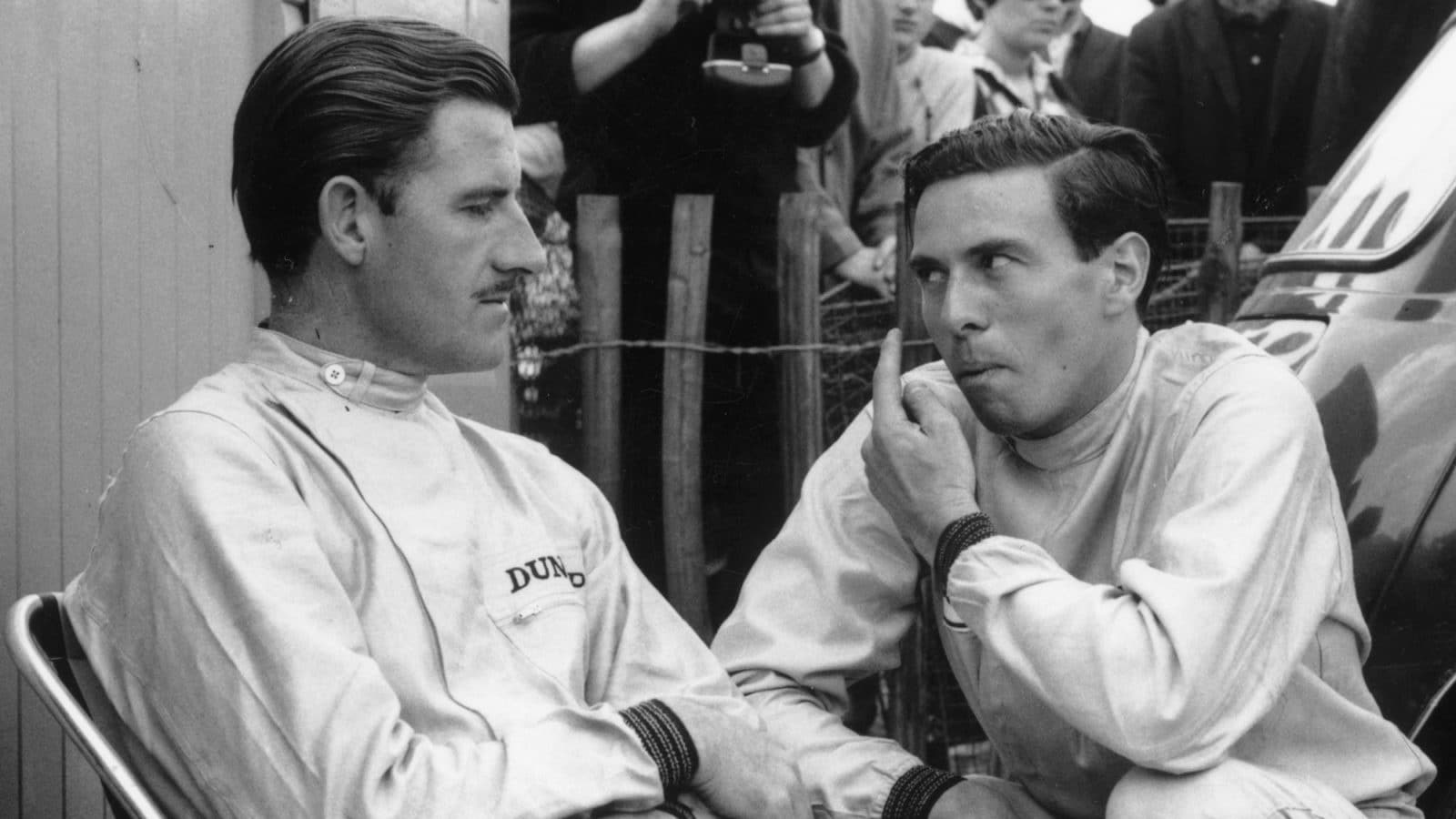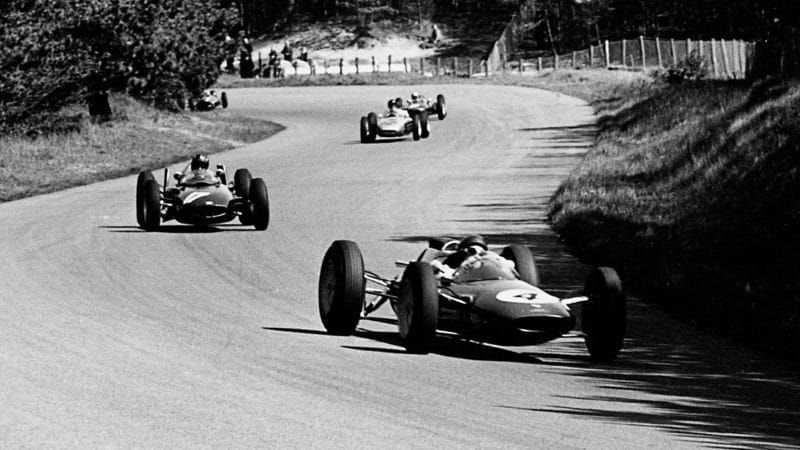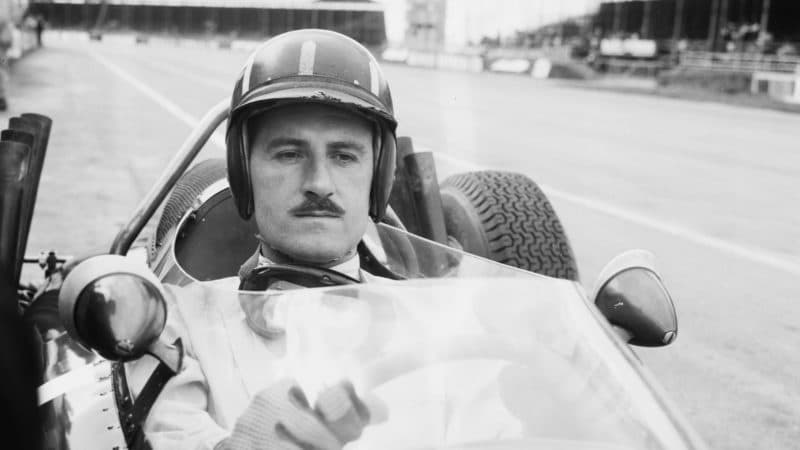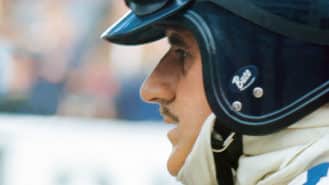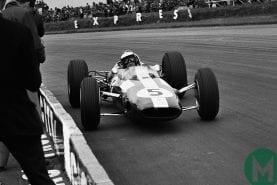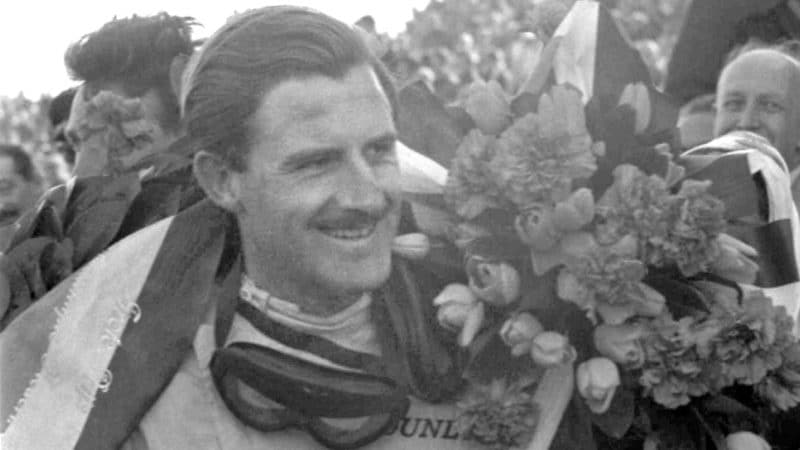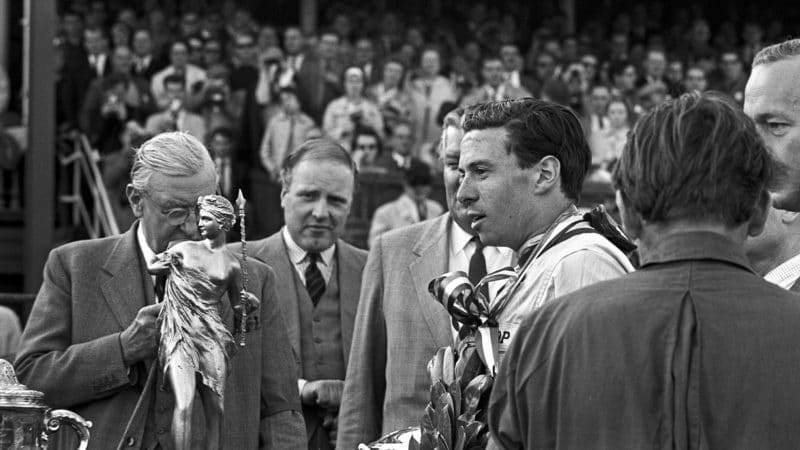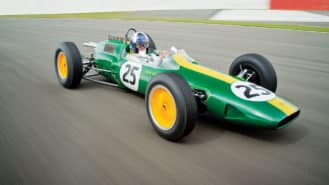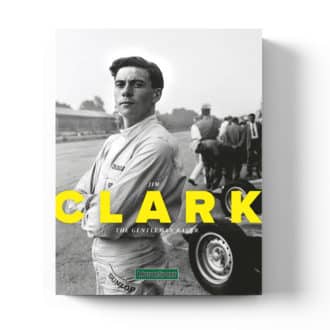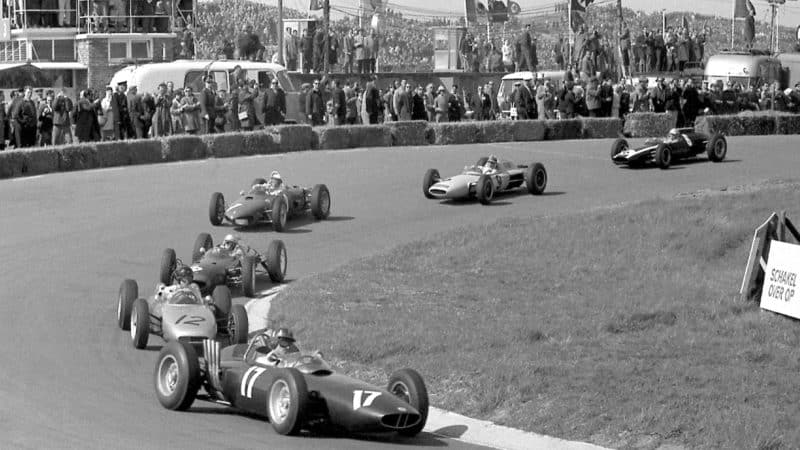“I certainly realised that I would have a better chance in 1962 than in the previous four years. But I had no idea at all that it would turn out as it has. At that time I hadn’t seen either Porsche or Ferrari – remember Porsche were coming out with their eight-cylinder, and Ferrari were promising their four-valve-per-cylinder job… I just thought we would be there with something of a chance, but frankly I didn’t think we’d done enough development during the winter. I felt, consequently, that we should have been further ahead than we were.
“At Goodwood on Easter Monday I had complained that my car did not seem to be as quick as the Lola or the Lotus. The BRM weighs nearly 1100lbs without fuel, but with oil and water. It has a slightly bigger frontal area than the Lotus, and is bigger all round.”
Jimmy told Graham: “I thought that your BRM – and Richie’s [Ginther’s] too – really had a lot more steam at Monza.”
Graham: “And I was pretty certain that you had more than I did at Watkins Glen. I certainly thought your Lotus was quicker in a straight line there…”
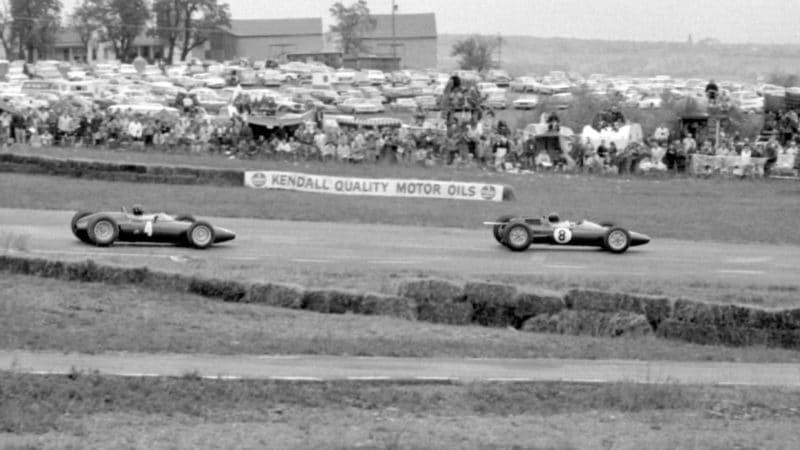
Clark leads Hill at Watkins Glen, ’62
Grand Prix Photo
Jimmy: “That’s interesting, because I felt that at Watkins Glen my car was getting out of the corners a trifle quicker than yours, but by the end of the straight you were beginning to catch me again.”
When asked how Graham’s BRM had left Jimmy’s Lotus 25 for dead right from the start of the French GP at Rouen, Jimmy explained: “First of all, I didn’t really feel up to driving very brilliantly that day after the mishap I had during the first practice session, when the steering went wrong. Secondly, I ended up with a brand-new car which hadn’t been bedded in. It hadn’t got the right ratios and I hadn’t run the car with a full tank before the race. In addition I had to slip the clutch from time to time; a lot of oil had been dropped. The 25 is not a good car on oil, and my short-lived lead went for a burton…”
Graham agreed that the French race had been quite dramatic: “After I had my tangle with Jack Lewis’s Cooper, and got going again, I thought I could catch you again. Then, when you went out, it seemed that all I had to do was to keep going. Of course, I didn’t; the fuel injection linkage packed up and I had to retire. It was a very disappointing day for us both.” Graham added: “I reckon Surtees’s Lola at Reims was the quickest we have seen this year.” Jimmy agreed: “Yes, he was going like a bomb that day. When he decided to go he just dashed away from all of us. And that is a difficult thing to do on a circuit like Reims, because you get a tow effect even when you are a long way behind.”
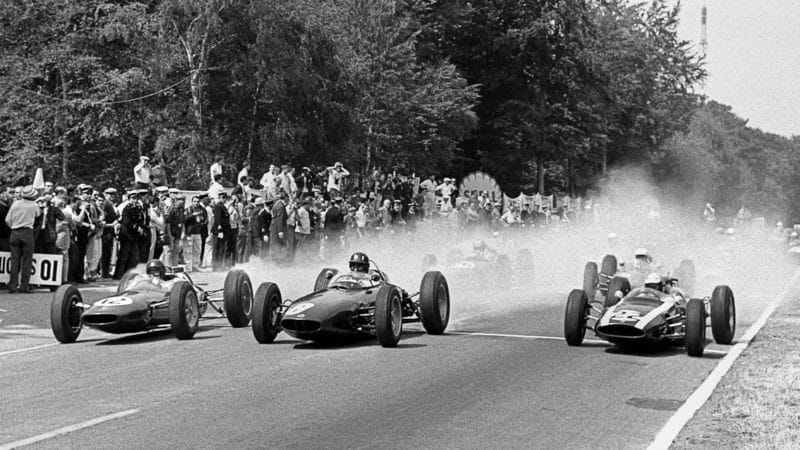
Rouen, 1962: Clark (left), off-song after a steering failure fright in practice, is about to lose the lead to Hill (centre), with McLaren’s V8 Cooper alongside
Bernard Cahier/Getty Images
In terms of assessing one another’s performance, the Belgian GP which gave Jimmy his maiden World Championship win at Spa proved inconclusive.
Jimmy: “Graham’s BRM had an intermittent misfire. My car went probably as well as it has ever done. I was particularly pleased with this, because a spare engine had been popped in overnight, and the car was untried.” He admitted to a personal fright
Jimmy agreed: “Yes, he was going like a bomb that day. When he decided to go he just there: “Going down the Masta Straight I found that the rush of air was getting under the peak of my helmet and threatening to force it up. I decided that the only thing to do was to throw the peak away, so I caught hold of the strap at the back and gave it a yank. I’d got hold of the wrong strap though, and pulled my goggles off by mistake!
“Fortunately, I had another pair round my neck, and managed to get them in place. Then I tugged at the peak, and eventually, after a lot of effort, it ripped off. I suppose it has something to do with the airflow round the cockpit of the Lotus 25, but since then I haven’t worn a peak on my helmet.”
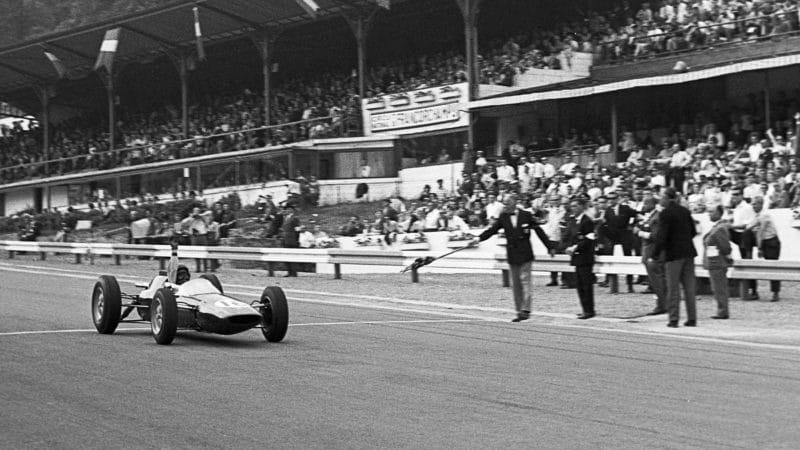
Not so peaky now: Clark takes the flag and his maiden World Championship win
Bernard Cahier/Getty Images
Asked about rev ranges used in BRM and Climax V8 engines, Graham replied: “I don’t like to see the BRM rev counter drop below 8000… At the beginning of the year we were using up to 10,000rpm, and later on this was stepped up to 10,500 – though I have occasionally used higher. Later in the season the useful rev range was somewhat widened, but I still didn’t like to see the needle fall below 9000. It doesn’t matter so much in second gear, though, when I don’t worry if it is around 8000rpm.”
Jimmy confided he was frightened by Graham’s talk of so many revs: “With the Coventry Climax V8 we started off with an 8500rpm maximum. Eventually we used 9000rpm, but never over that… 9200rpm has either blown up the engine or appeared about to. In the higher gears the Climax has something quite useful from 7000 to 7500rpm, but I find it can be used as low down as 6000…”
